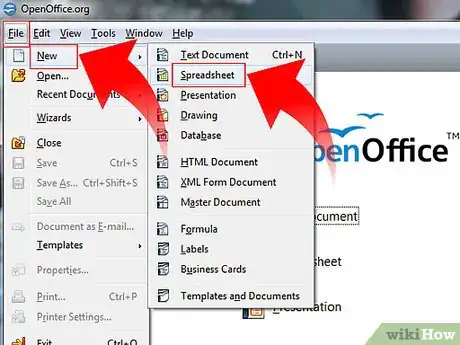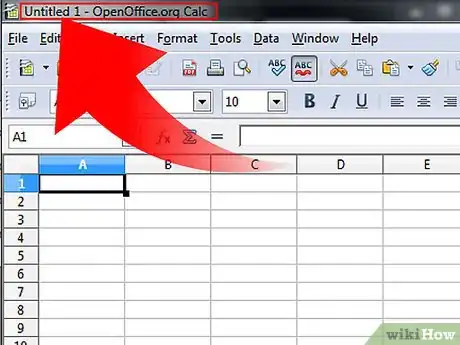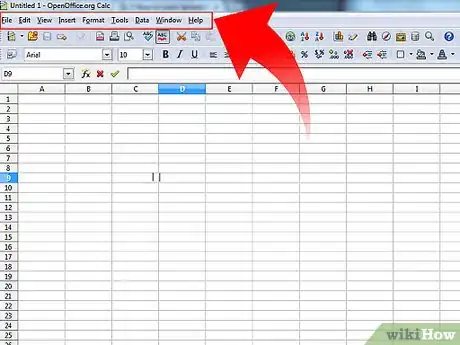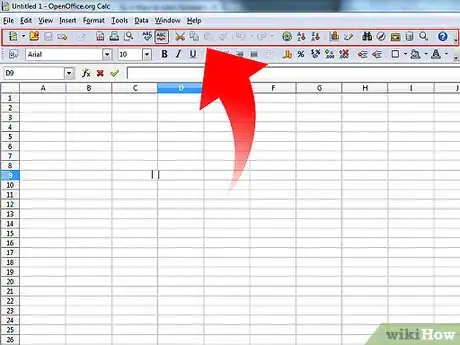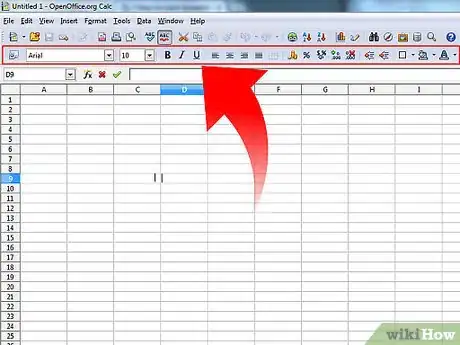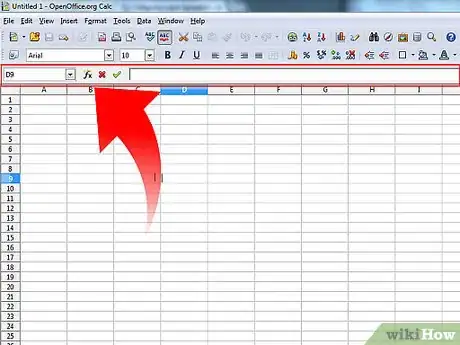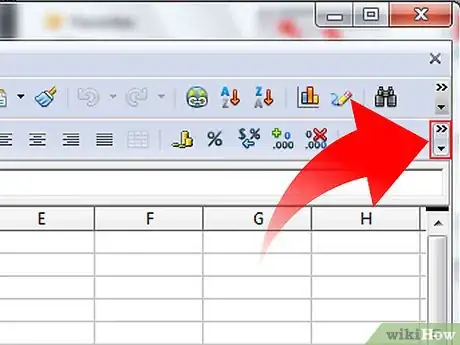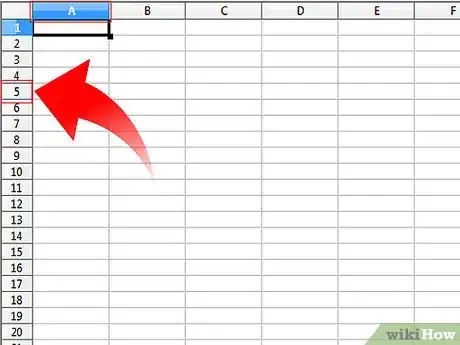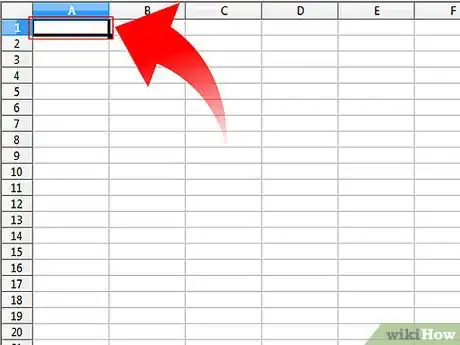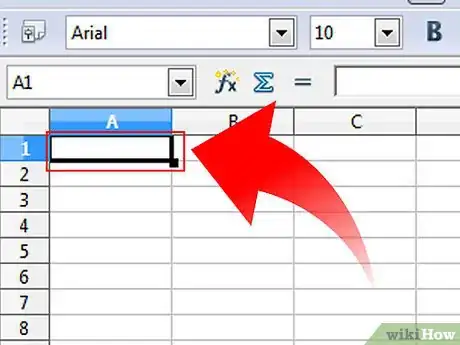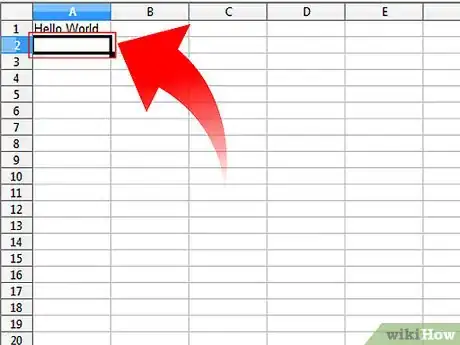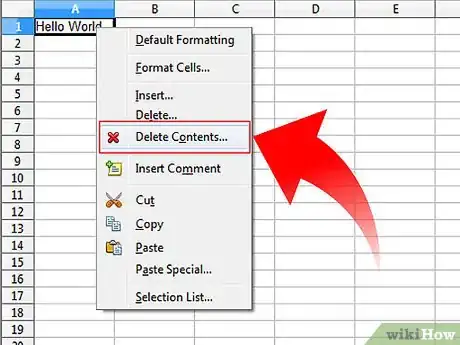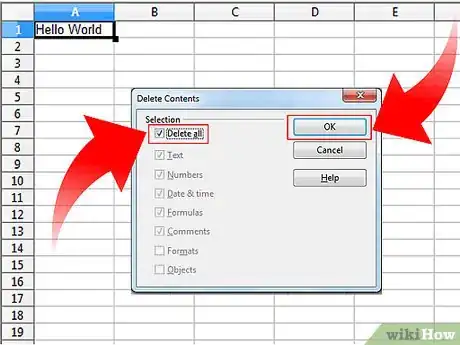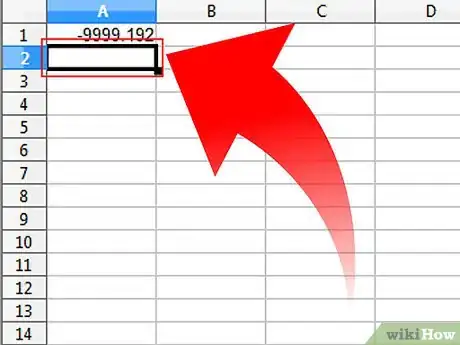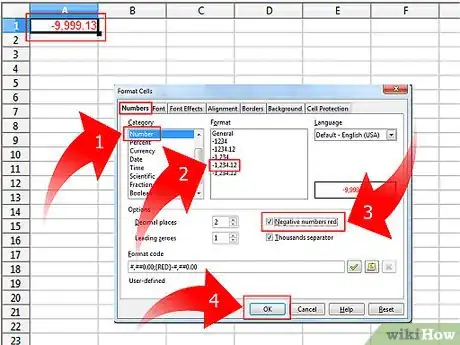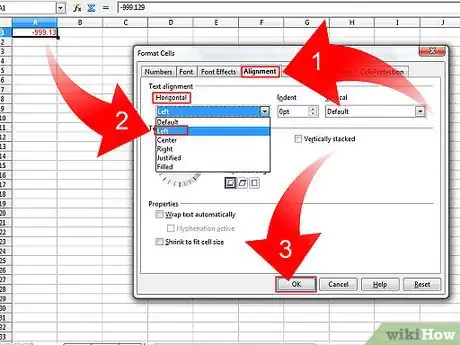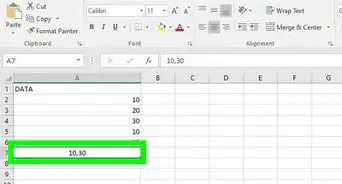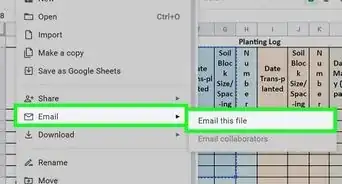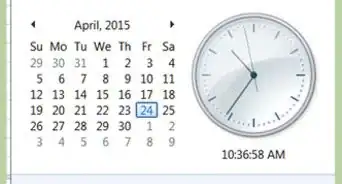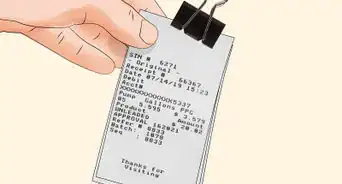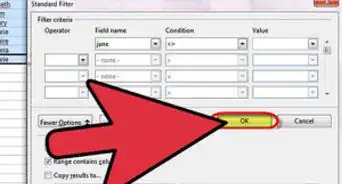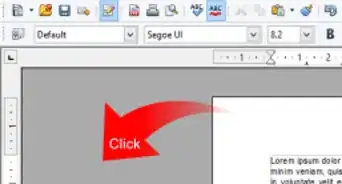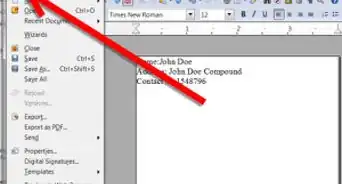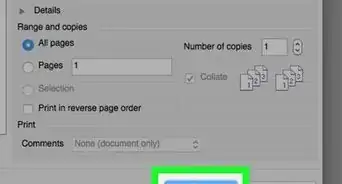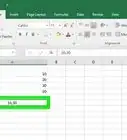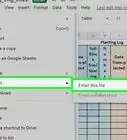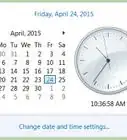wikiHow is a “wiki,” similar to Wikipedia, which means that many of our articles are co-written by multiple authors. To create this article, 14 people, some anonymous, worked to edit and improve it over time.
The wikiHow Tech Team also followed the article's instructions and verified that they work.
This article has been viewed 76,100 times.
Learn more...
The term spreadsheet was derived from a large piece of paper that accountants used for business finances. The accountant would spread information like costs, payments, taxes, income, etc out on a single, big, oversized sheet of paper to get a complete financial overview.
Spreadsheets today have more and more uses. Some examples are:
- Spreadsheets act like a calculator by automatically doing calculations.
- Spreadsheets are used for tracking personal investments, budgeting, invoices, inventory tracking, statistical analysis, numerical modeling, address books, telephone books, printing labels, etc.
- Spreadsheets are used in almost every profession to calculate, graph, analyze and store information.
- Spreadsheets are used for What-if calculations. Change one number in a spreadsheet and all the calculations in a large spreadsheet will re-calculate, will automatically change.
With this wiki learn how to use OpenOffice Calc to learn your way around this powerful (and free) software.[1]
Steps
The Calc Toolbars
The following four Calc Toolbars appear at the top of all Calc screens.
-
1
-
2Look at the Function Toolbar.
- The second toolbar down is the Function Toolbar. The Function Toolbar contains icons (pictures) to provide quick access to commands like New, Open, Print, Copy, Paste, etc. When you place your mouse cursor over any of the elements of a toolbar, the name of the element appears on your screen.
- Move your cursor over the icon . (The word “New” appears. Clicking on opens a new spreadsheet.)
-
3
-
4See what the Formula Toolbar can do.
- The fourth toolbar down is the Formula Toolbar. The Formula Toolbar contains the Name Box drop-down menu and a long white box called the Input Line.
- Note: If your Toolbars look different, it is because these toolbars are in 800x600 screen resolution and the last eight icons are not shown but are available by clicking on the on the far right of the toolbar.
The Spreadsheet Itself
The rest of the window contains the spreadsheet. The spreadsheet is divided into rows that have a number at the left of each row and divided into columns with letters at the top of each column.
-
1Learn the definition of a cell in spreadsheets.
- A cell is the fundamental element of a worksheet. This is where things are added and where things are seen. A cell address in a spreadsheet identifies the location of the cell in the spreadsheet. A cell address is a combination of the column letter and the row number of a cell, such as A2 or B16.etc. When identifying a cell by its address, the column letter is always listed first followed by the row number. The cell address of the example below is A5.
-
2Enter Data.
- Click on the A1 cell (The cell at the very top left of the spreadsheet).
- Notice the heavy black border around the A1 cell. The heavy black border indicates that A1 is the active cell. (A is at the top of the first column and 1 is on the first row. Both are highlighted. The highlighting also indicates that A1 is the active cell.)
- Type Hello World and press Enter.
- The active cell is now A2. (The words “Hello World” are in A1.)
- When you type something in a cell and press Enter, what you typed is seen in that cell and the cell below becomes the next active cell.
-
3
-
4Format Data
- Separate Thousands, Two Decimal Places, Red Negative Numbers. Click cell A1. > Type the number -9999.129 > Press Enter. (The cursor moves to cell A2)
- Right-click cell A1. (A small menu appears) > click Format cells. (The “Format cells” window appears)
- Click Numbers tab. Under “Category”, click on Number. Under “Format”, click on -1,234.12. Click In the small box before “Negative numbers red”. (A check-mark appears in the box) > Click OK. (The number '-9,999.13” appears in cell A1.
- Align Left, Click Alignment tab. In the “Horizontal” pull-down menu, select Left. Click OK. (the numbers move to the left edge of the cell.)
Community Q&A
-
QuestionHow do I add sheets to my spreadsheet document?
 Community AnswerRight click at the existing sheet and then select "Insert Sheet." Choose before or after the current sheet, name the sheet, and then click "OK."
Community AnswerRight click at the existing sheet and then select "Insert Sheet." Choose before or after the current sheet, name the sheet, and then click "OK." -
QuestionWhen I go to print the spreadsheet, the lines are not on the page. What do I need to do to add the lines on the page?
 Community AnswerAfter you've hit "Print," go to "Page Setup," click the "Sheet" tab, then click the "Gridlines" checkbox under "Print."
Community AnswerAfter you've hit "Print," go to "Page Setup," click the "Sheet" tab, then click the "Gridlines" checkbox under "Print." -
QuestionHow can I edit text in a spreadsheet cell?
 Community AnswerEither double click on the cell you want to edit text in and start typing, or single click on the cell and type in the formula bar above the column letters.
Community AnswerEither double click on the cell you want to edit text in and start typing, or single click on the cell and type in the formula bar above the column letters.
